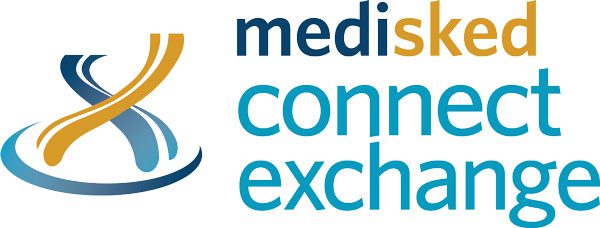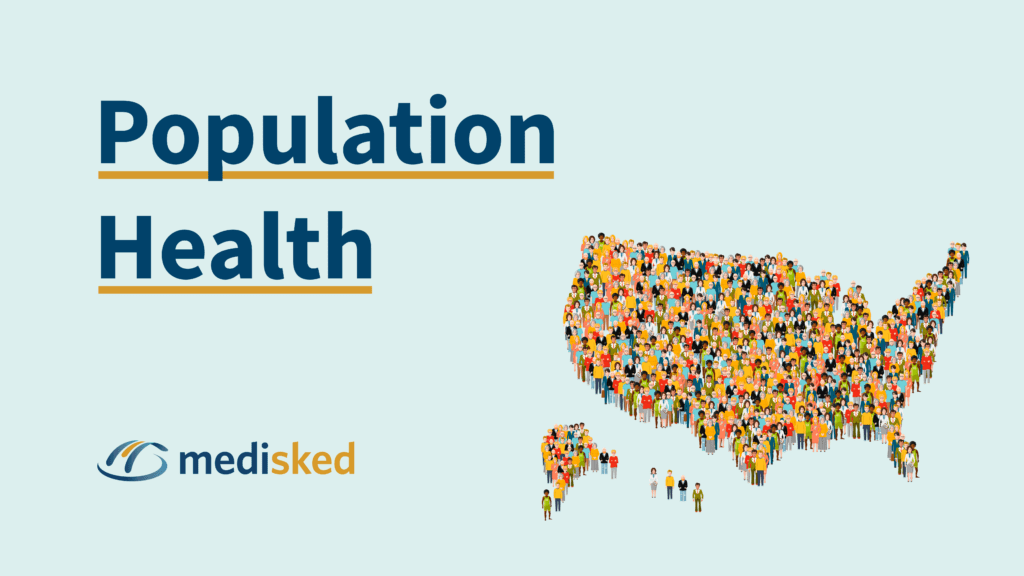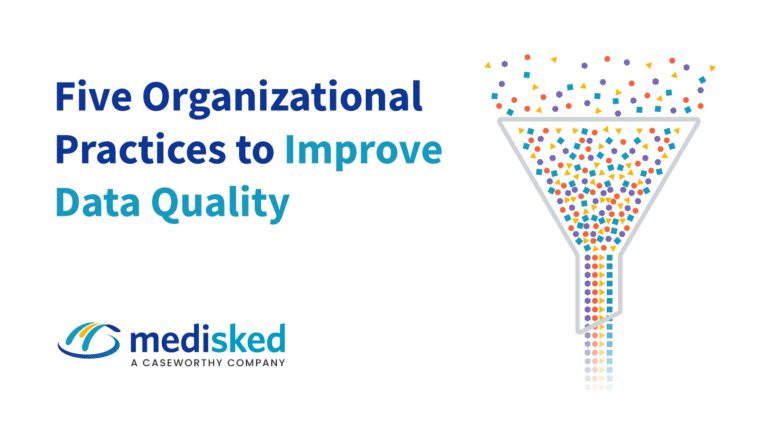Population Health is about considering the health of an entire group at one time. ‘Population’ can be defined in many different ways – a group of people who live in a certain location, who have a certain condition, or perhaps the easiest for an introduction: the people who my organization serves.
Medicaid and Medicare programs have already begun both demonstrations and formal requirements for Value-Based Payments. These programs rely on population health information to show changes in quality or value over time, the effectiveness of an intervention, or barriers to implementation. While primarily focused on the more traditional healthcare space, Value-Based Payments are becoming more and more common in the Home & Community-Based Services (HCBS) arena. Beginning to monitor your population early with the data you have available will allow you to create baseline data from which you can monitor changes, but it also gets you familiar with different types of data, the limitations thereof, and the story that data can tell.
Providers may ask themselves, “am I doing the right thing for the individual I support? Am I doing enough for them? Am I helping them to live the life they want? Is there something more going on with this individual that I should be thinking about?” These are good, thoughtful questions that we all should be asking ourselves from time to time, especially as these questions lead us to look at the individuals we support and assess their overall health and wellness – physical wellness, mental wellness, and even social wellness.
But – what is right, what is enough, what else might there be? And how would we know it when we saw it?
These are the questions that guide us toward monitoring population health. First, you need data. And instead of the logical next question of “what data do I need?” start by answering the question: “what data do I have?”
Compile the bits of data you have about your individuals and try to create a “picture” of the population. It will be missing parts – that’s okay. Maybe you have zip codes – you can create a picture of where individuals live. Maybe you have age – you can add age to your picture and notice if there are any patterns (it’s okay if there aren’t). Try adding more variables: individuals who take the bus, walk, drive cars, use rideshare. Or perhaps look at individuals who live alone versus with parents versus with a partner versus in a group setting.
Let’s continue with this example to demonstrate what it’s possible to achieve with population-level data. If your data contains zip codes and individuals who live independently, what if your picture reveals that many individuals that live alone live in the same zip codes or neighboring zip codes. Let’s add to this the scenario that many individuals who live alone have voiced that they need extra support or would like a peer group. Now you can see where extra services are needed and who the individuals are that may benefit.
Returning to your data: it has now been transformed into information. You have a picture (again, it’s okay if there are gaps) of your population. You also have the beginning step from where you can ask more questions. Unfortunately, the sky is not the limit – you will be limited in what is reasonable to collect from the individuals you serve, both from privacy and practicality perspectives. Use good judgment and be creative. Your population information – your first picture – may not tell you anything right away. But keep it updated with new data – at least once or twice a year depending on what you are collecting. How the picture turns into a story over time may surprise you.
Chiquita Brooks-LaSure, CMS Administrator, has shared the six strategic pillars for the Centers for Medicare and Medicaid Services.[1] Two of these deserve particular focus for the population health conversation:
- “Advance health equity by addressing the health disparities that underlie our health system; and
- “Drive innovation to tackle our health system challenges and promote value-based, person centered-care.”
Both pillars require data, monitoring, and an understanding of what the information reveals. Starting small with the data you have may not seem like much at first, but the more pieces you add and watch the picture evolve into a story – the more your organization can support not only CMS strategy, but the health and wellness of those you serve.
MediSked was recently named a top Population Health Management solution. MediSked planning solutions capture discrete data with both individual-level and population-level reporting. MediSked has tools to allow you to closely monitor and easily demonstrate improvement in outcomes for the individuals and populations you serve. Please check back for more Population Health resources throughout 2022, including my upcoming white paper on strategies to use care planning data.
[1] My First 100 Days and Where We Go from Here: A Strategic Vision for CMS. Chiquita Brooks-LaSure. Blog: CMS.gov. September 9, 2021. https://www.cms.gov/blog/my-first-100-days-and-where-we-go-here-strategic-vision-cms








